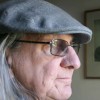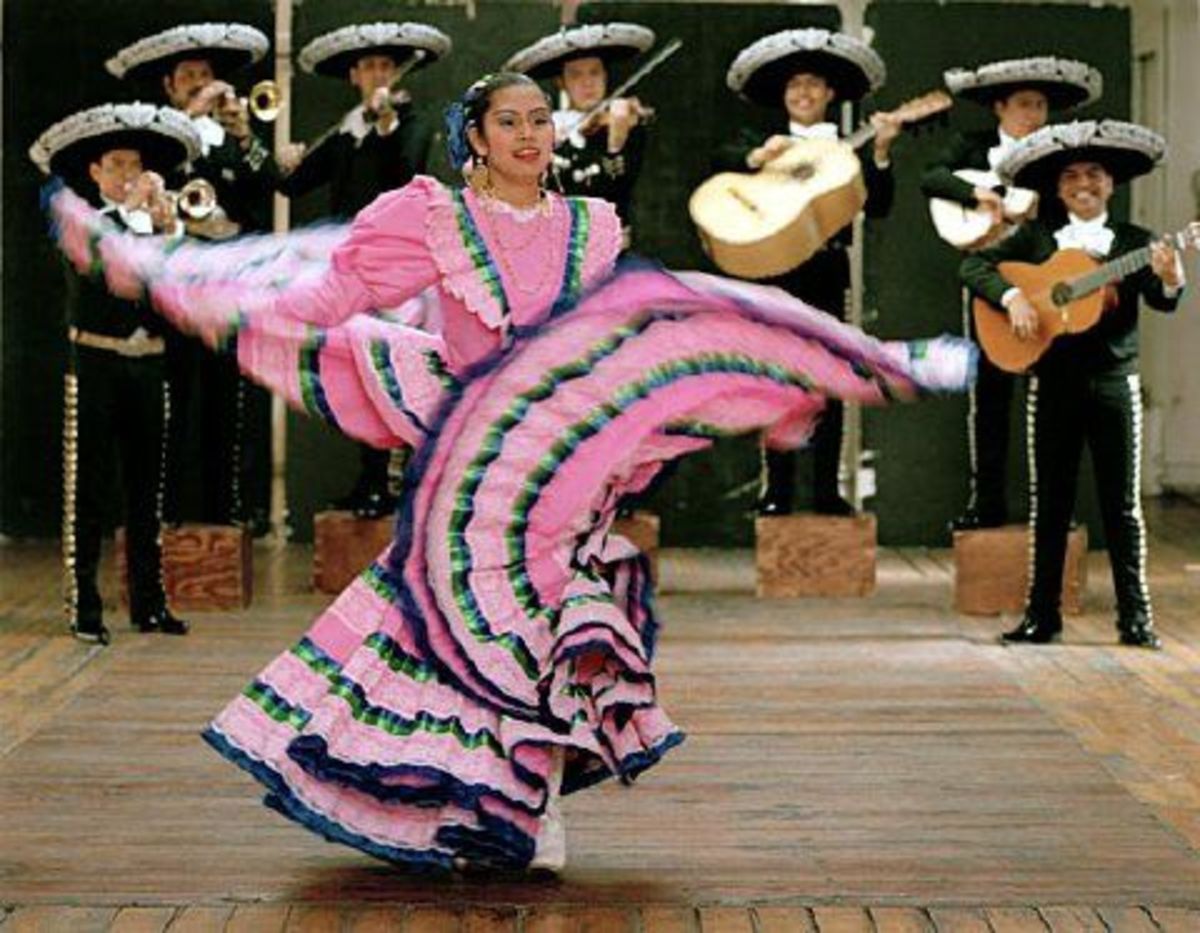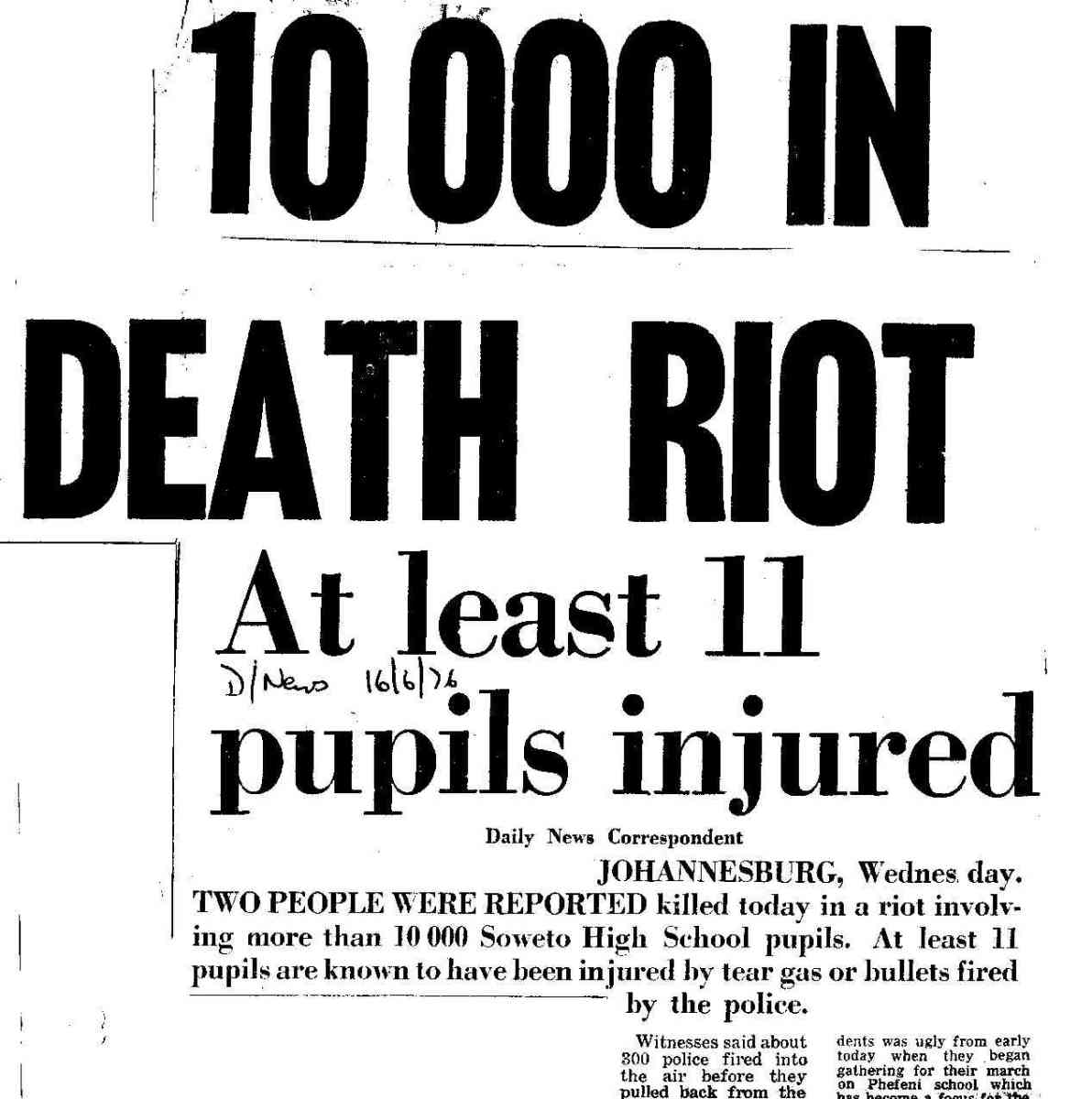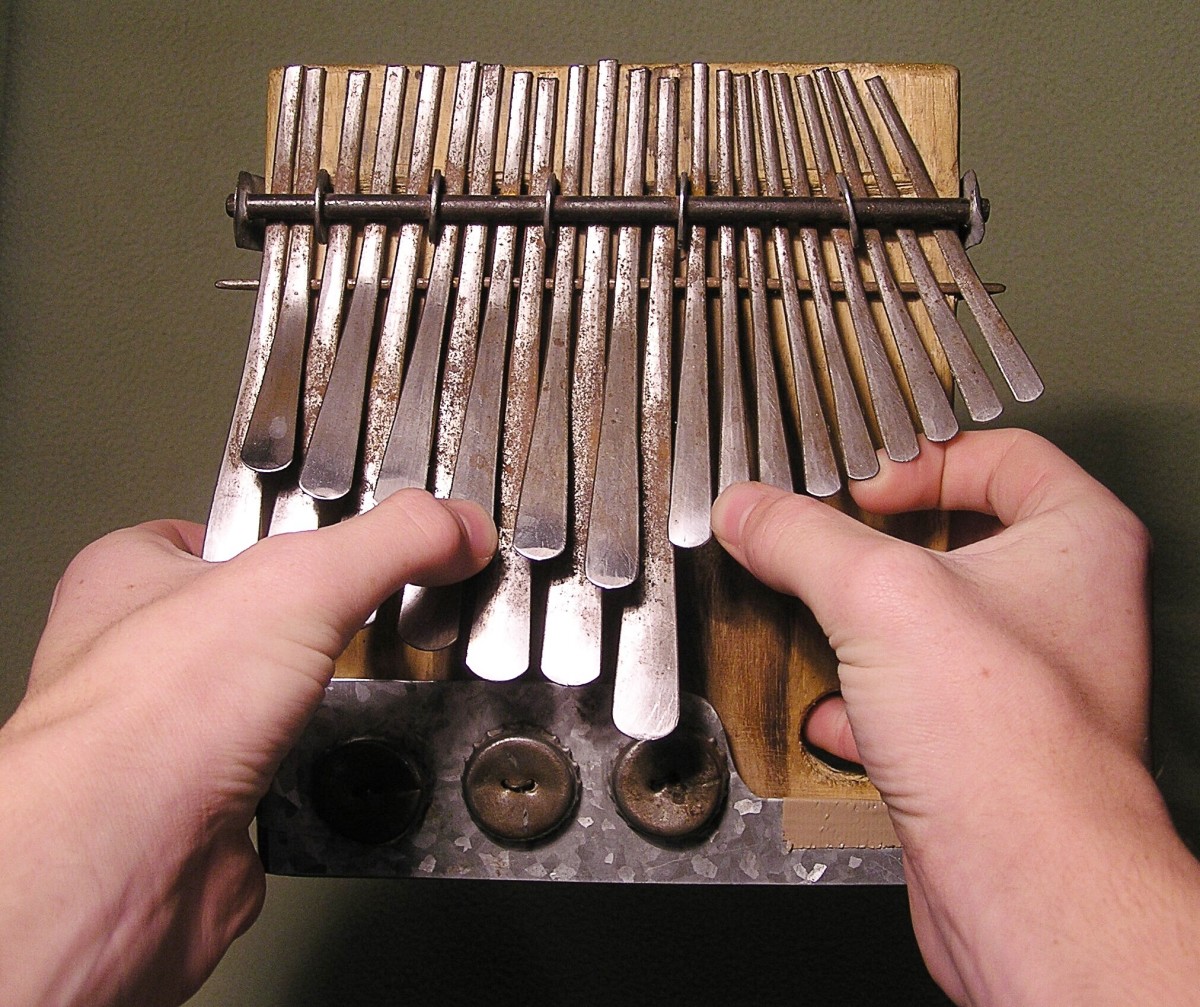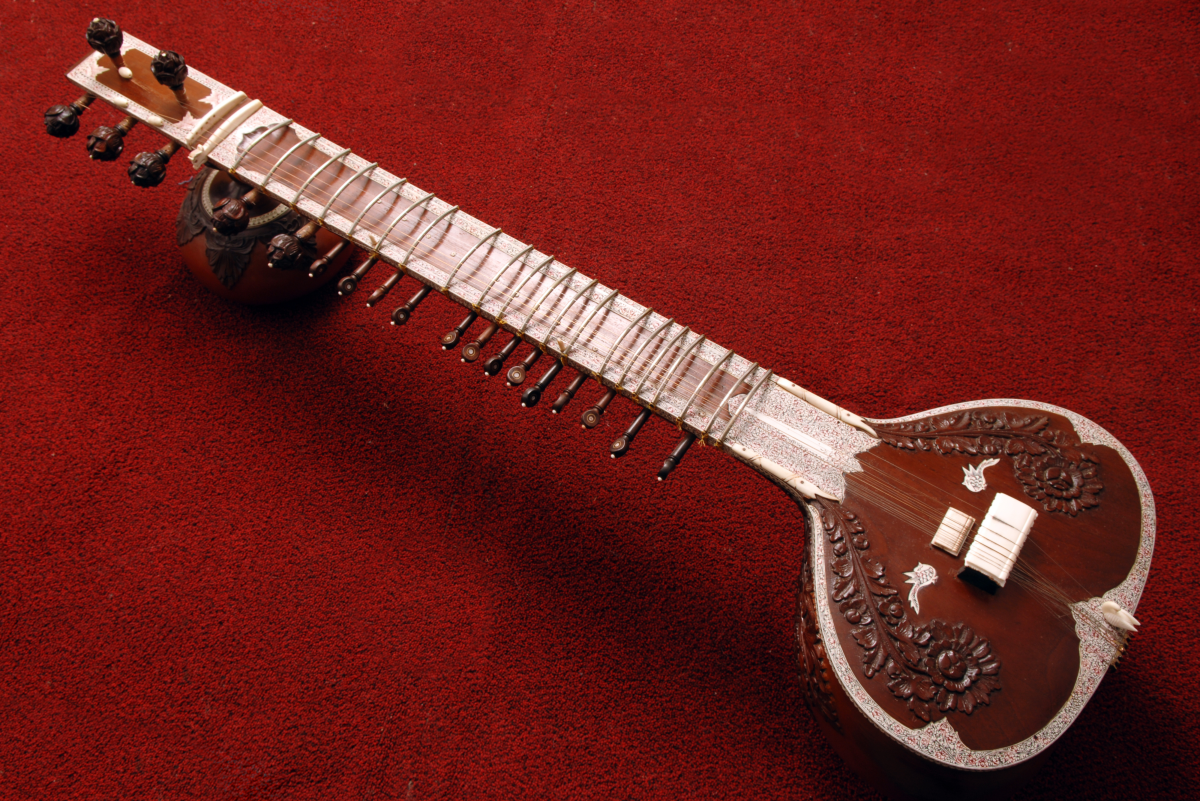Tshwaranang – the Buskaid Soweto Strings Ensemble calls for unity
Uplifting music
Driving in my car a couple of years back and listening to the local classical music radio station Classic fM I heard a song that just, as the saying goes, blew me away with the beauty of the singing and the haunting tune. A crystal clear soprano with a beautifully-orchestrated string ensemble made an indelible impression on me.
When the announcer said what the song was and who it was playing, I was totally impressed. It was the Buskaid Soweto String Ensemble, he said, playing and singing the song “Tshwaranang” which means “unite” in seTswana.
I had heard of the Ensemble but had not really taken much notice before. But this song was just so incredibly beautiful I had to go and find both the CD and more information about the Ensemble.
This is what I found.
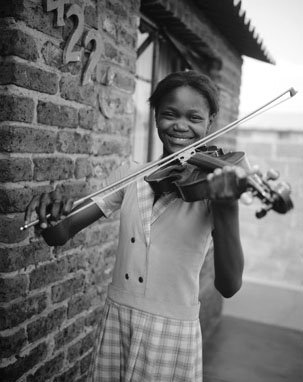
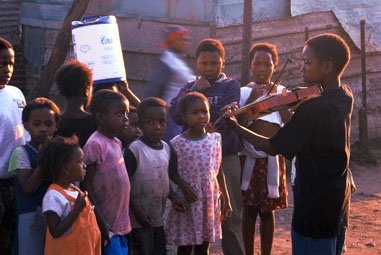
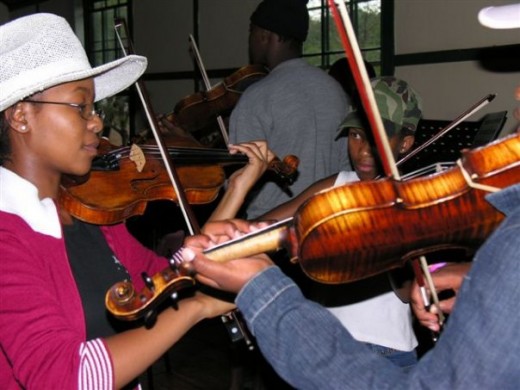
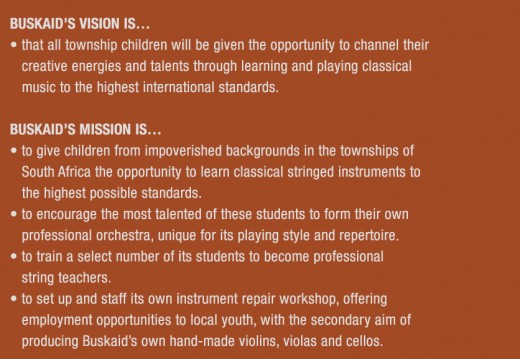
“When Africans are happy, they sing. When they are sad, they also sing!”
Back in the early 1990s an English viola player by the name of Rosemary Nalden heard a BBC report about a group of young musicians in Soweto, Johannesburg, who were struggling to get instruments and tuition, and becoming frustrated by the struggle. She was moved by the report and decided to do something about it.
What she did was to call on a number of her musician friends and colleagues in the United Kingdom to do a simultaneous busk at 16 British Rail train stations. This action, in March 1992, raised £6000, which was added to by a number of other musicians who participated in another four similar “busks” which made possible the start of a music school in Diepkloof, Soweto.
Housed first in a little church office in Diepkloof the school was soon too large for these modest premises and needed to find a more congenial premises.
Meanwhile Rosemary Nalden came to South Africa permanently in 1997 and set up the Buskaid Soweto String Project (BSSP). By 1999 sufficient funds had been accumulated to build a permanent, purpose-designed music school in Diepkloof. This building has seven studios and a large rehearsal room, and a music library. The Project has in the meantime also acquired a neighbouring house to be used as an instrument repair facility and practice rooms.
The music school offers tuition in all stringed instruments to about 80 young people drawn from its immediate surrounds. In fact, entrance to the school is based more on the young person's proximity to the school and the parents' circumstances than on musical ability per se. In spite of this the school has already produced some highly promising musicians. One of them, the incredibly talented Samson Diamond was accepted into Manchester’s Royal Northern College of Music from which he has since graduated with First Class Honours. He is now following a free-lance music career in the UK. Samson is one of the stars on the Ensemble's third CD, Tshwaranang.
The Ensemble has so far released five CDs and has appeared before many distinguished people. It also has the enthusiastic support of famed British musician Sir John Eliot Gardiner. The Ensemble performed in Gardiner's domaine privé at the Cité de la Musique, Paris, in 2007.
The Project, though, has wider aims than just the development of musical talent.. As Nalden told an interviewer from the BBC recently: “you can’t play well if you don’t practice a lot, and you can’t do that if your life is in a mess.”
The implication is that the discipline and strictures of making music well leave no time for the other destructive distractions that face the young people of Soweto, like drugs and crime: “In order for them to really come in and contribute positively and not be a pain to everyone else, they really have to clear up the other messes in their lives. This is why this project is so glorious.,” Nalden said.
In response to criticism that the project taught a “foreign” or “irrelevant” style of music, Nalden had a typically no-nonsense answer: she invited a reporter who wrote a criticism of the project along those lines to come to the school and discuss the issue with the students. “For me and for the kids I teach that’s complete nonsense. People are passionate about classical music in Soweto, so I’m sure the kids will roar with laughter,” she said.
The music on Tshwaranang is an explicit contradiction of that criticism also. The music on this CD is “kwela” based. It is music of the townships, played with verve, skill and spirit by children of the township, on classical western instruments.
To counter the shortage of music teachers the project has deliberately followed a policy and practice of teaching senior students to be teachers themselves. As as result, says Nalden, “We’ve begun to produce extraordinarily competent music teachers. That’s the legacy of Buskaid.”
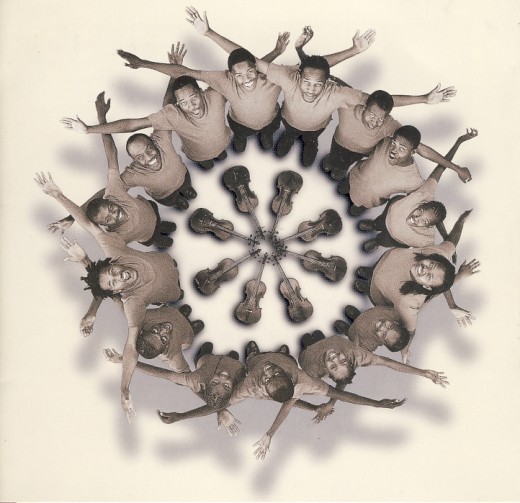
Tshwaranang – the CD
One of the fascinating features of most music making in South Africa, at least of any worthwhile and meaningful music making here, is that the very diversity of cultural backgrounds and influences to which musicians are exposed makes for a richness and depth in approach and skill development that is not evident in the music making of other places, in my view. It is not possible, given this situation, to make music that is entirely academic, nor is it possible to escape the discipline of the academic in the music.
Music making in South Africa is therefore a cultural activity that is always exploring the boundaries and pushing the limits. This CD is an excellent example of this. The source of the music is the indigenous culture of the black people of South Africa, played with a sensitivity and discipline which comes straight from the Western classical tradition. It is not a cultural colonialism or exploitation, but a process of mutual enrichment which is highly exciting.
As Nalden wrote in the CD cover about the music and the musicians on this CD: “...their instinctive musicality, combined with their irrepressible energy and originality, shines through as always. But there is also an overlay of musical discipline which they have gained from their now quite deep and extensive knowledge of western classical string repertoire: the music of Biber, Bach, Handel, Corelli, Mozart, Grieg, Elgar, Bloch and Schnittke is as familiar to them as their own music, and I believe adds a dimension to its execution; whilst their classical repertoire in turn benefits from the freedom and raw energy which infuses their kwela. For them there is no distinction, and they respond to all music with respect, love and enormous spirit.”
The title track, perhaps the most outstanding of the 20 tracks on the CD, is the one which for me, at least, exemplifies this “respect, love and enormous spirit.” As violin player Jackey Masekela wrote in the liner notes for this song: “South Africa is very diverse and full of different cultures and yet every day we are starting to understand each other. The concept of Ubuntu brings us closer to each other and it's better understood in this Zulu phrase: 'Umuntu ngumuntu ngabantu', which means that a person is only a person through his/her interaction with other people. Hence we say 'Tshwaranang! You need Ubuntu to Unite!'” The lovely voices on this track belong to Mathapelo Matabane and Teboho Semela, and they are truly a joy to listen to.
Mathapelo is also heard on another truly wonderful track, “Baba Khuluma Nam” (Daddy talk to me), of which Nalden wrote: “...one day they played me a new piece. It seemed uncharacteristically dull and rather pointless, and I dared to comment on this. 'But Rose, you must wait for Mathapelo!' was the response. At our next rehearsal the same piece was played. This time Mathapelo rose up from the viola section, opened her mouth and produced a glorious mezzo, not unlike her viola sound.” Dull and pointless it certainly isn't!
Some of the other outstanding tracks on the CD are: a highly original take on the song made famous by Miriam Makeba, “Uqonqothwane” (“The Click Song”); a wonderful rendition of Solomon Linda's equally famous “Mbube” (“The Lion Sleeps Tonight”, also sometimes called “Wimoweh”) which appropriately, as it's the last track, ends with the ensemble singing “Bye Bye!”; a very moving version of the traditional song “Gabi Gabi”.
Altogether this CD is an amazing celebration of South African culture in so many ways.
The Videos
Watching the accompanying videos is eye-opening. For me there is something so incredibly uplifting and beautiful in hearing the music played so competently.
Soweto is a gritty, though lively place, with a long history of violence and cultural displacement. It is home to people of very different backgrounds and cultures. And of, course, the people are still very conscious of the painful past and in particular June 1976 Students' Uprising.
The first video captures this lively mix of cultures and has a great insert from Samson Diamond telling briefly the story of how he came to be involved in the BSSE. I love the interplay between the Brandeburg Concerto and the scenes of life in Soweto - “very alien” as Samson says, and yet it becomes very natural.
The second video (and apologies for the German voice over – I couldn't find an English version on YouTube) shows the Ensemble setting a church alight (not literally!) with a spirited rendition of “Mbube”, which makes me wish I could see the whole concert, which must have been wonderful. Then it shows part of the Cité de la Musique, Paris, concert in 2007. African traditional dances being performed to classical music must be something of a cultural first! Absolutely breathtaking.
I have no words to express how moving I find it – just let the music speak to you!
Copyright Notice
The text and all images on this page, unless otherwise indicated, are by Tony McGregor who hereby asserts his copyright on the material. Should you wish to use any of the text or images feel free to do so with proper attribution and, if possible, a link back to this page. Thank you.
© Tony McGregor 2010
